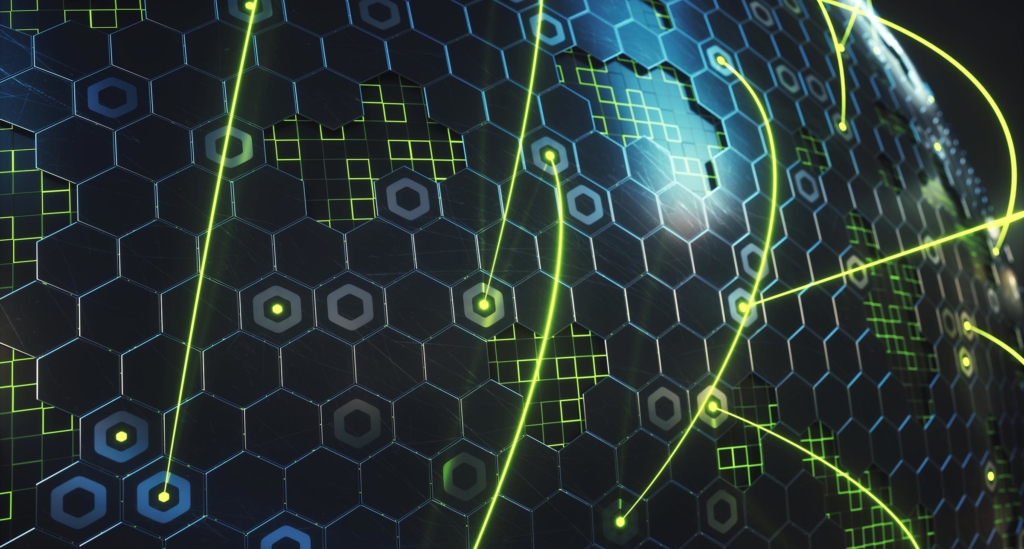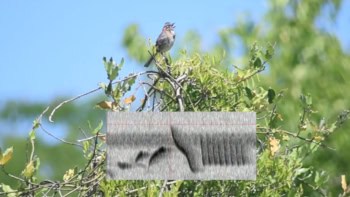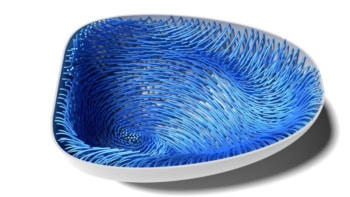Writer, broadcaster and physicist Paul Davies‘ latest book grapples with the laws that govern the emergence of life. Tushna Commissariat reviews The Demon in the Machine and questions Davies about the science and the motivations behind his new work
42. That is the “answer to the ultimate question of life, the universe, and everything” as purported in the cult novel The Hitchhiker’s Guide to the Galaxy by Douglas Adams. While one could be forgiven for wishing that the answer were as simple in reality, the characters in Adams’ tumultuous universe soon find that their question itself is flawed, and requires further deep thought.
In an attempt to answer these big questions – what exactly is life, how and why does it emerge, and what distinguishes the living from the non-living – science writer and physicist Paul Davies offers his latest book, The Demon in the Machine: How Hidden Webs of Information are Solving the Mystery of Life. A self-confessed manifesto of sorts, this book is the culmination of decades of research done by Davies and his team at the Beyond Center for Fundamental Concepts in Science, at Arizona State University in the US.
While many, if not most, physicists are chasing after a “theory of everything”, what Davies and his compatriots are pursuing is something beyond uniting quantum mechanics and relativity. Instead, Davies is attempting to tie together such seemingly disparate fields as nanotechnology, molecular biology and genomics, as well as fundamental physics, chemistry, quantum mechanics and biology. The underlying bedrock to unifying all of these sciences is a concept that Davies describes as organized information. The author attempts to unravel how information behaves in systems as incongruent as an atom and an embryo, and how it seemingly changes and adapts to the network it flows within.
Beginning with a detailed look at Maxwell’s eponymous demon, and the laws of thermodynamics built around it, Davies deftly segues into everything from Darwinism and collective behaviour to the evolution of cancer and quantum biology, wrapping up this bold book with a chapter on consciousness (quantum and otherwise.) While the ideas in the book are not completely new, Davies’s lucid writing on this emerging scientific area is just what the pop-sci reader ordered. He is the perfect host to this admittedly dizzying journey, as he spins yarns of quantum demons, double-headed worms and everything in-between.
To find out more about his thoughts on life, I put some questions to Davies.
In some ways, Demon in the Machine is a follow up to your 1998 book The Fifth Miracle, where you also tackle the origins of life. What has changed since you wrote that book?
The science has changed. I was motivated to write this book, in part because I am now surrounded by some very clever young people who are coming up with all sorts of wonderful ideas, but also because of advances, not only in biology, but in fundamental physics. The demon in the title of the book is something that’s beloved of all physicists: Maxwell’s demon. It’s the sort of thing you learn, you think, “Hmm, well okay. I understand,” then you move on because it’s been an inconvenient truth at the heart of physics for over 150 years. It’s only just in the last few years that people have actually built devices based on the concept. This is now part of nanotechnology – you can build devices that, in a thermal background, can actually discern individual degrees of freedom and operate mechanisms to convert heat into work or use information as a fuel or a source of energy.

Putting quantum noise to work
I have to say, it’s on a very small scale. My favourite is the information-powered refrigerator, which is being built in Finland. Don’t expect anything from your kitchen appliances soon, but it establishes the principle that to fully understand the nature of thermodynamics, we have to take into account information as a physical quantity, and not just as some sort of airy-fairy concepts that we use in daily life. That really is, I like to say, the chink in the armour of mystery that surrounds the question “what is life?”. I think we begin to see that if information can have causal leverage over matter, then that opens the way to understanding how we might adapt the laws of physics to incorporate this information thing, which is at the heart of what makes life tick.
“What is life?” is such a fundamental and huge question – does it ever overwhelm you?
Somehow it doesn’t seem to. Maybe it’s the hubris of old age or something that has motivated me to tackle this theme. Erwin Schrödinger was one of the greatest physicists of the 20th century. He was the architect of quantum mechanics. But he also gave a series of lectures in Dublin in 1943 called What is Life? that culminated in a book of the same title, which exercised a great influence. Scientists founded the field of molecular biology based on his insights. What Schrödinger did in that book was raise the possibility that there might be new physics lurking in life. We might even find a new type of physical law prevailing in it, he wrote quite explicitly.
I read that book when I was a student, so I remember thinking to myself, “Hmm, yeah life is odd.” When you think of all the things it does, it seems to somehow have its own laws, it does its own thing. Atoms just follow basic physics, but put all these stupid atoms together into a cell and they do incredibly clever things. It looks like it’s physics at the atomic level and magic at the cellular level. What’s the source of that magic? I remember thinking to myself, it’s deeply mysterious and probably will forever remain so. But throughout my career, I’ve had this feeling that I would like to understand life, not through the eyes of a biologist, although that’s interesting enough, but through the eyes of a physicist. What is life as a physical phenomenon?
Just in the last 10 years or so, I suppose, I’ve begun to see a confluence of different subjects. Partly, this is advances in nanotechnology. Partly, it is a convergence of physics and computing and biology and information theory – all these subjects are coming together in the realm of large molecules or tiny machines, where life and chemistry and physics all intersect. That’s the new frontier – the physics of the very complex, where the traditional subject boundaries melt away.
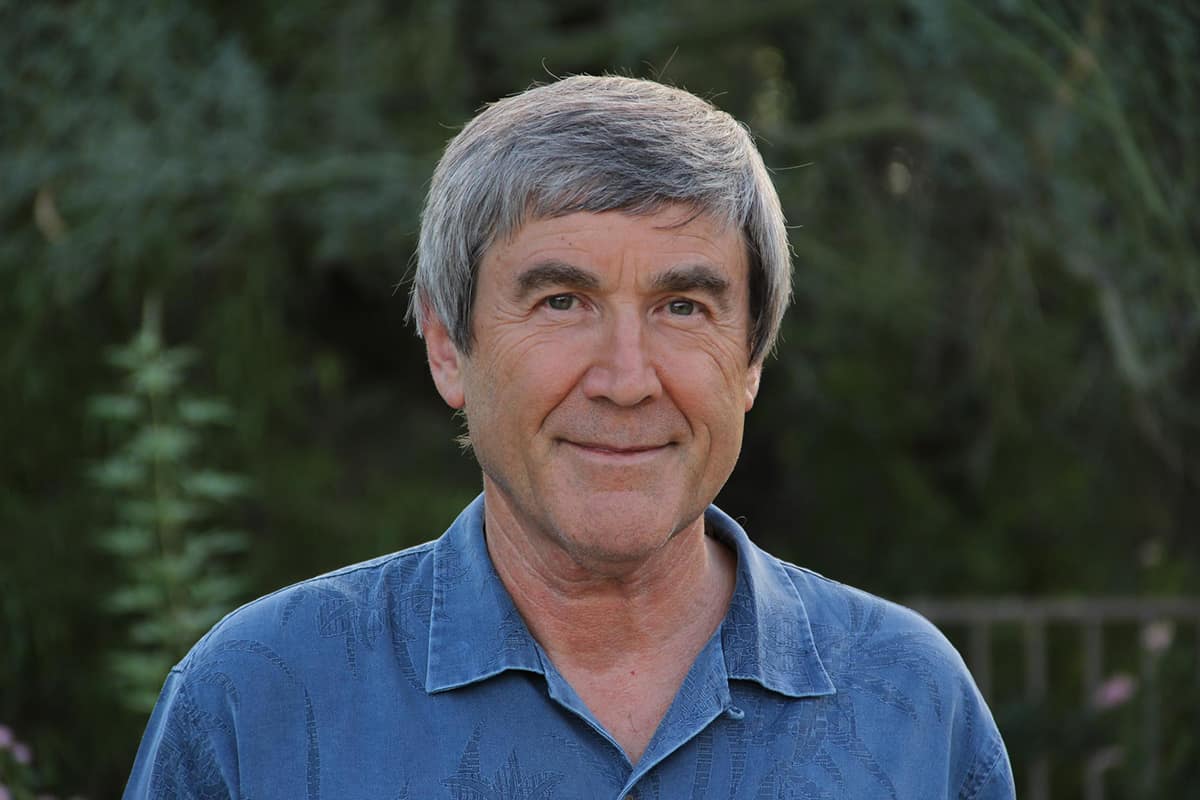
You write that “life = matter + information”. If so, then how do you define “non-life”?
The concept of information that is often used at the level of thermodynamics, or even quantum information, is a rather austere type of information because it’s really just bits or qubits, and it’s a head count of those. However, when you think about it, in biology, that concept of context, or system – whichever word is better – it’s clear that there’s a big distinction between a particular letter in DNA that is part of a gene that is coding for some biological functionality, or is just junk. So we have to generalize the concept of information, not just as raw bits, but as functional bits in some sense.
Now functionality refers to the whole system and we’ve got here right to the heart of what Schrödinger called “a new type of physical law”, because if we are to have a law that is relevant to individual molecules or particles that relies on the global context, then that is going to be a very different type of law from the traditional laws of physics, which are local in space and time.
One of my mentors was John Wheeler, the gravitational physicist. I once asked him, if he looked back at the legacy of his life, what is the takeaway idea that he would like people to have? He said “mutability”. He was convinced that nothing is fixed and even the laws of physics, ultimately, should not be, as he put it, “cast in tablets of stone, from everlasting to everlasting”. It was a wonderful, poetic turn of phrase that stuck in the back of my mind. What we’re proposing is not that there are laws of physics operating in living matter that just change with time. They’ll be fixed, but they will be a function of the state of the system.
There’s a nice analogy that I can give, which is the game of chess. Chess proceeds according to fixed rules and this leads to certain patterns of play. You can look at a board and you can analyse the state of play and, if you wanted, you could work backwards to the starting state. You might think any particular configuration of pieces on the board would be consistent with somebody’s game. Well that’s not true; it’s easy to show there are many patterns that are impossible to achieve by the fixed rules of chess. So now we can imagine a different game, which is the book I call “Chess Plus”. Suppose you’re playing chess and you wanted to even the score a little bit, maybe if black is losing by some criterion, then perhaps black is allowed to move pawns backwards instead of forward. So the rule has changed, but it’s not changed at a particular location, it’s changed because of the overall state of play. If you run computer simulations, you find that you can then reach impossible states that simply could not be reached any other way.
These states are unbounded in their complexity and in their evolvability. In other words, there are pathways to new patterns of complexity that could not be achieved through fixed rules. This is beginning to sound a bit like life. Life does things that non-living things simply can’t do. There are pathways to new forms of complexity and we can hope that if we formulate these laws correctly, that they will show us how matter can be fast-tracked to life through exploring these new types of complex pathways that could not occur in any other way.
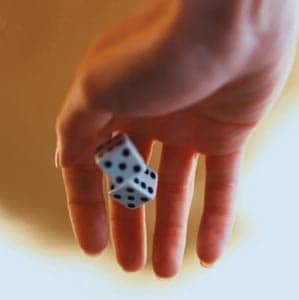
Does God play dice?
How can any of this be proved?
Towards the end of my book, I conjecture how such pathways might actually be manifested in experiments – what we might look for, at the interface of physics, biology, chemistry, nanotechnology, and computing and information theory.
If we are able to identify certain informational motifs or patterns that characterize living things, we could then have a definition: when you see this particular scaling law or this particular network of information flow – especially if we see that the information processing is being done in the global degrees of freedom, and not in the local – and there’s a coherent effect, that might be a hallmark of life.
So what you’re suggesting is that there could be a spectrum, going from non-life to life?
Yes. There may be transitions from non-life to life, and it may not be a single one – there may be a sequence of transitions and for each one, there would be new informational motifs. We could define life in software terms instead of hardware.
There is an interesting corollary to this, which I’ve thought a lot about recently: if we sent a spacecraft to Enceladus and flew through the plume of material that’s spewing out from its interior, we could collect a molecular sample. Could we tell from an inventory of those molecules whether we were dealing with life, or almost-life, or what was living and is now smashed up? What would be a signature that would convince us?
It becomes very subjective for the simple reason that if we carry out this experiment, and the spacecraft finds amino acids, people wouldn’t be very excited. They’d say a simple chemistry experiment can make amino acids. If instead we found a ribosome, which is the little machine in known life that makes proteins, everybody would say, “Well it must be life. You wouldn’t get a ribosome otherwise.”
Where on that spectrum between the two is life, and can you quantify it? Can we build a life meter that would say, “Aha! Yes, it’s gone over the 50% mark, so that’s a signature of life.” It’s a very tough problem. But we’re working with Lee Cronin in Glasgow. He’s a chemist, and he thinks he can build a life meter. He’s irrepressibly confident and enthusiastic about this. The way he sees it, is that you can take a particular molecule, such as a ribosome, and ask, “What are the chemical pathways by which you could assemble that, and how complex are those pathways?” You need an object that gives you a window into the process – the complexity is all in the assembly, which gives you an end product. Cronin thinks there should be a mathematical criterion that will pick out a collection of molecules and will say, “Yes, that is life.” I have hope that we will be able to do that and, in effect, find informational signatures of life beyond Earth, but using the molecular detritus as a surrogate for that signature.
When you are writing about such a burgeoning field, how do you ensure that lay readers can distinguish between the accepted science and the speculation?
For me it’s been a matter of professional pride to be clear on such distinctions. I’m happy to write about slightly wacky ideas, but I hope I always make it very clear. In the past, I have received complaints from readers who say that they found it hard to know what my view on a subject was at all thanks to my attempts to be balanced and impartial. What I try to do is be fair in reporting what the mainstream view is, and then saying that there exists a dissenting minority.
There is a chapter on consciousness in this book, which is a wacky field, in a way. I write about that in a slightly light-hearted manner. But there are copious footnotes. These are caveats, really, for the reader, as I would hate to think that I’m distorting the subject.
- To hear more of this interview, check out the Physics World Weekly podcast on 28 February
-
The Demon in the Machine: How Hidden Webs of Information are Solving the Mystery of Life Paul Davies 2019 Allen Lane £20hb 252pp
